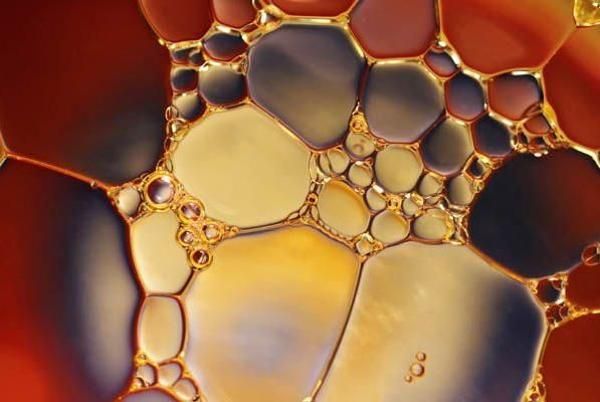Química Física
Departamento


Universidade de Lisboa
Lisboa, PortugalPublicaciones en colaboración con investigadores/as de Universidade de Lisboa (10)
2017
-
Assessment of the environmental impacts of ocean acidification (OA) and carbon capture and storage (CCS) leaks using the amphipod Hyale youngi
Ecotoxicology, Vol. 26, Núm. 4, pp. 521-533
-
The effects of ocean acidification and a carbon dioxide capture and storage leak on the early life stages of the marine mussel Perna perna (Linneaus, 1758) and metal bioavailability
Environmental Science and Pollution Research, Vol. 24, Núm. 1, pp. 765-781
2012
-
Can the integration of multiple biomarkers and sediment geochemistry aid solving the complexity of sediment risk assessment? A case study with a benthic fish
Environmental Pollution, Vol. 161, pp. 107-120
2011
-
Assessment of the genotoxic potential of contaminated estuarine sediments in fish peripheral blood: Laboratory versus in situ studies
Environmental Research, Vol. 111, Núm. 1, pp. 25-36
-
Estuarine ecological risk based on hepatic histopathological indices from laboratory and in situ tested fish
Marine Pollution Bulletin, Vol. 62, Núm. 1, pp. 55-65
-
Transcriptomic analyses in a benthic fish exposed to contaminated estuarine sediments through laboratory and in situ bioassays
Ecotoxicology, Vol. 20, Núm. 8, pp. 1749-1764
2010
-
A description of chloride cell and kidney tubule alterations in the flatfish Solea senegalensis exposed to moderately contaminated sediments from the Sado estuary (Portugal)
Journal of Sea Research, Vol. 64, Núm. 4, pp. 465-472
2009
-
Biochemical endpoints on juvenile Solea senegalensis exposed to estuarine sediments: The effect of contaminant mixtures on metallothionein and CYP1A induction
Ecotoxicology, Vol. 18, Núm. 8, pp. 988-1000
-
Ecological risk assessment of sediment management areas: Application to Sado Estuary, Portugal
Ecotoxicology, Vol. 18, Núm. 8, pp. 1165-1175
-
Histological biomarkers in liver and gills of juvenile Solea senegalensis exposed to contaminated estuarine sediments: A weighted indices approach
Aquatic Toxicology, Vol. 92, Núm. 3, pp. 202-212